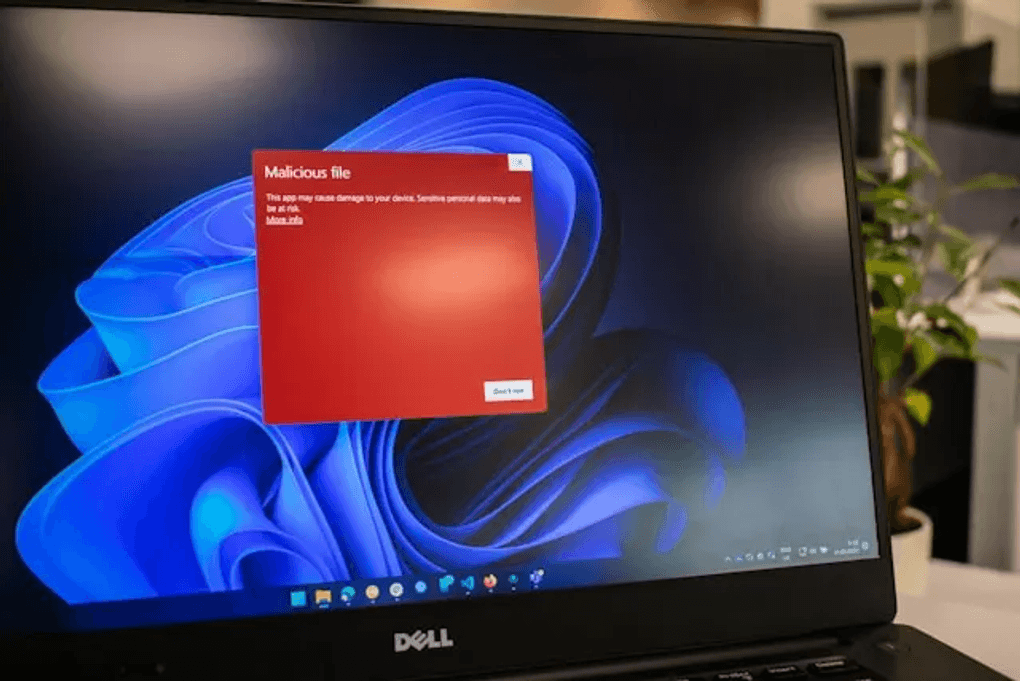Cybercrime Commercialization The Dangers of Malware as a Service Explained

Understanding Malware as a Service: A New Frontier in Cybercrime
Malware as a Service (MaaS) represents a significant shift in the landscape of cybercrime, where malicious software is offered as a service to cybercriminals who may lack the technical expertise to develop their own tools. This model democratizes access to sophisticated cyber threats, making it easier for a wider range of individuals to engage in illicit activities.
MaaS platforms often provide user-friendly interfaces and support, enabling even novice criminals to launch attacks. This trend raises serious concerns for cybersecurity professionals, as the barrier to entry for engaging in cybercrime is significantly lowered.
The Business Model Behind Malware: How Cybercriminals Profit
The business model of MaaS is structured similarly to legitimate software services, often featuring subscription plans, pay-per-use options, and tiered pricing based on the level of service or support provided. Cybercriminals can choose from various malware types, including ransomware, spyware, and botnets, each tailored to specific objectives.
Additionally, MaaS providers often offer customer support, updates, and even marketing assistance, which makes it easier for users to maximize their profits from criminal activities. This commercialization of cybercrime significantly boosts the profitability of malicious operations.
The Impact of Malware on Businesses and Individuals: Real-World Consequences
The impact of malware is profound, affecting businesses and individuals alike. Organizations can suffer catastrophic financial losses due to ransomware attacks, data breaches, and operational disruptions. The costs associated with recovery and reputation management can be staggering.
Individuals are not immune either, as personal data theft can lead to identity fraud, financial loss, and emotional distress. The increasing frequency and sophistication of these attacks highlight the urgent need for enhanced security measures and public awareness.
Preventive Measures: Protecting Yourself from Malware as a Service
To protect against the threats posed by Malware as a Service, both individuals and organizations must adopt a proactive cybersecurity posture. This includes implementing robust security measures such as firewalls, antivirus software, and intrusion detection systems.
Education is also crucial; users should be trained to recognize phishing attempts and suspicious online behavior. Regular software updates and patch management can help mitigate vulnerabilities that cybercriminals might exploit.
The Future of Cybercrime: Trends and Predictions in Malware Distribution
As technology evolves, so too will the strategies employed by cybercriminals. The future of malware distribution may involve greater use of artificial intelligence and machine learning to create more sophisticated and targeted attacks. This could lead to an escalation in the frequency and severity of cyber incidents.
Moreover, as more organizations migrate to cloud services and remote work becomes entrenched, the attack surface for cybercriminals will continue to expand. Understanding these trends is crucial for developing effective countermeasures and staying ahead in the cybersecurity landscape.
Photo by Ed Hardie on Unsplash



